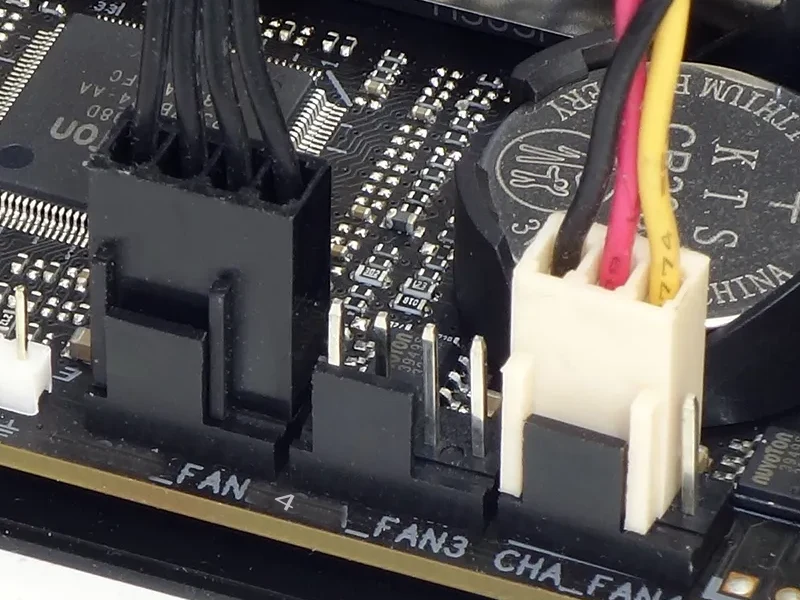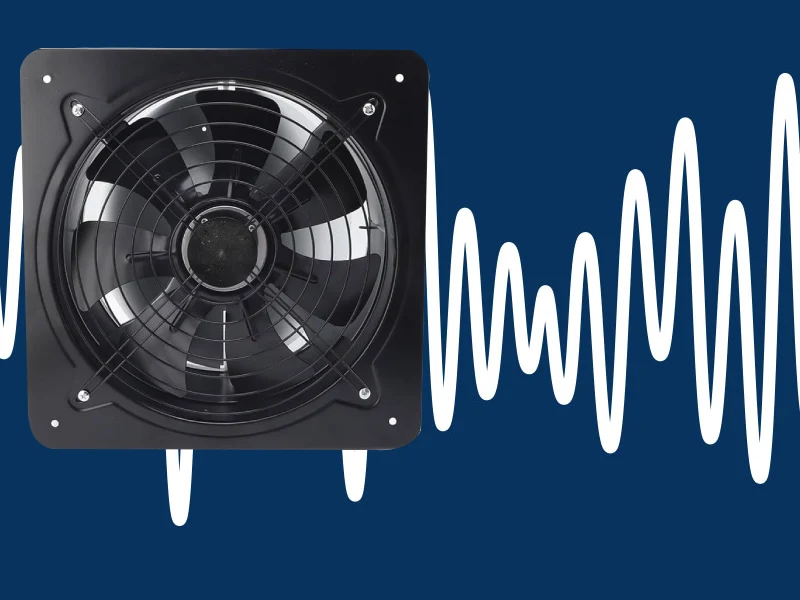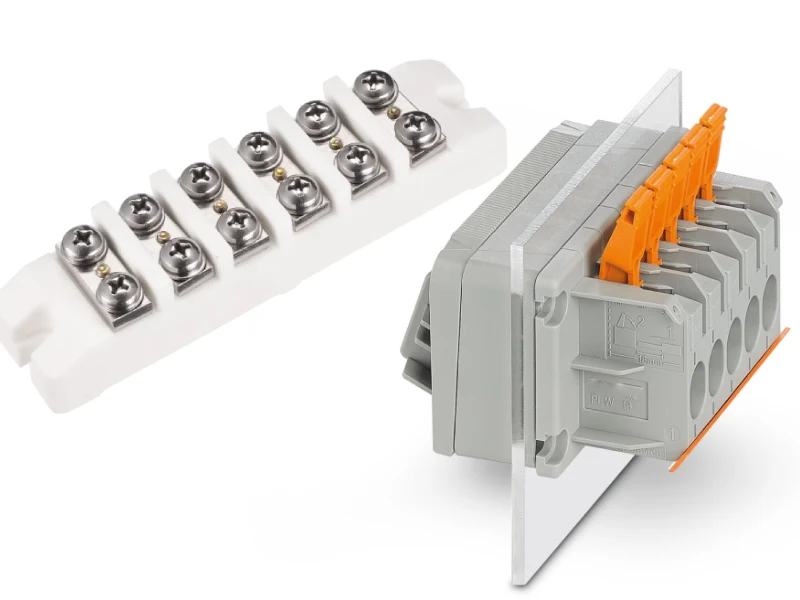When I choose electrical enclosures for my projects, I always look at nema enclosure types first. These ratings tell me how much protection an enclosure offers against things like dust, water, and even chemicals. Nema enclosure types make a big difference in safety and equipment life. For example:
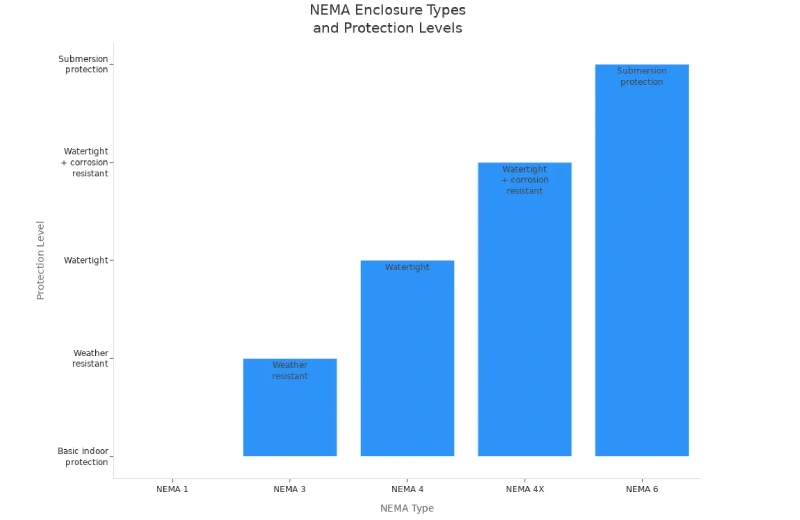
- Nema enclosures keep out moisture and corrosion, so my equipment lasts longer.
- They block dust, dirt, and fumes, which keeps everything running smoothly.
- Some nema enclosure types even stand up to rain, snow, and extreme temperatures.
I always match the nema enclosure types to the real-world environment. This way, I know my equipment stays safe and reliable, no matter what.
What is Nema Enclosures
- NEMA enclosure types show how well a box protects equipment from dust, water, chemicals, and explosions.
- Indoor NEMA types like 1, 2, 12, and 13 protect against dust, moisture, and oils in different ways for factory or office use.
- Outdoor types such as 3, 3R, 3S, and 3X guard against rain, snow, ice, and corrosion, with 3X best for salty or chemical environments.
- Watertight types 4 and 4X resist water jets and corrosion, making them ideal for washdown areas and harsh chemical settings.
- Choosing the right NEMA enclosure depends on the environment, application needs, and safety codes to keep equipment safe and compliant.
NEMA Enclosure Types
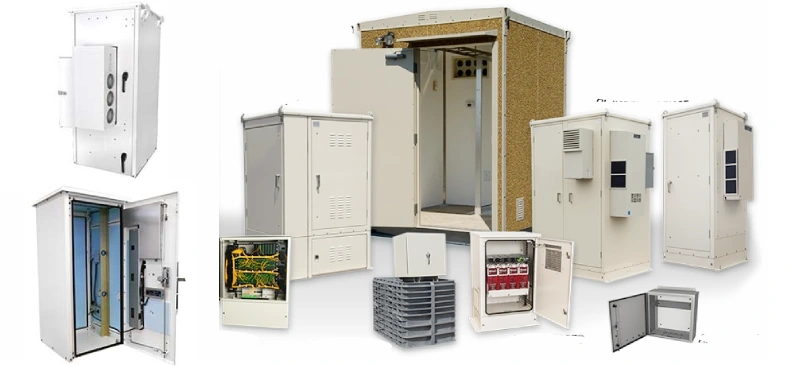
When I pick electrical enclosures, I always check the nema enclosure types to make sure I get the right protection level for my equipment. Each type has its own strengths, and knowing the differences helps me keep my gear safe from dust, moisture, chemicals, and even explosions. Let me break down the main types I use and see most often.
Indoor Types (1, 2, 12, 13)
I usually start with indoor nema enclosure types when I work inside factories, offices, or control rooms. Here’s a quick table that shows what each type does best:
| NEMA Type | Protection Level and Features | Typical Applications |
|---|---|---|
| nema 1 | Basic indoor protection against dust, light, and accidental contact with live parts. | Control panels, switchgear, wiring boxes |
| nema 2 | Like nema 1, but adds drip shields for areas with condensation or dripping water. | Laundry rooms, basements, food processing |
| nema 12 | Protects against dust, lint, fibers, and dripping non-corrosive liquids. Gasketed doors keep out airborne particles and moisture. | Automation, packaging, material handling, manufacturing |
| nema 13 | Similar to nema 12, but also blocks oil, coolants, and non-corrosive sprays. | Machine shops, industrial equipment, coolant systems |
Tip: I always use nema 12 enclosures in dusty areas like manufacturing lines. They keep out dust, lint, and moisture, which helps my equipment last longer.
Some key points I keep in mind:
- nema 1 enclosures work well in clean, dry spaces where I don’t expect much moisture.
- nema 2 enclosures add protection from dripping water, so I use them in places with condensation.
- nema 12 and nema 13 enclosures give extra protection against dust, oil, and water. I rely on these for tough indoor environments.
Outdoor Types (3, 3R, 3S, 3X)
When I need to install electrical enclosures outside, I look at these nema enclosure types. Outdoor environments bring rain, snow, dust, and sometimes salt or chemicals. Here’s how I compare them:
| Enclosure Type | Dust Protection | Rain/Sleet Protection | Ice Operability | Corrosion Protection | Typical Use |
|---|---|---|---|---|---|
| nema 3 | Yes | Yes | Yes | No | Construction sites, shipping docks |
| nema 3r | No | Yes | No | No | Outdoor lighting, utility boxes |
| nema 3s | Yes | Yes | Yes (operable when ice-laden) | No | Cold climates, outdoor switches |
| nema 3x | Yes | Yes | Yes | Yes | Marine, coastal, chemical plants |
- nema 3 enclosures protect against dust, rain, sleet, and ice. I use them for general outdoor jobs.
- nema 3r enclosures skip dust protection but handle rain and sleet. They work for outdoor lighting or utility boxes where dust isn’t a big problem.
- nema 3s enclosures keep working even when covered in ice. I use these in places with freezing weather.
- nema 3x enclosures add corrosion resistance. I always pick these for salty or chemical-heavy environments, like near the ocean or in chemical plants.
Note: If I need corrosion protection but don’t care about dust, nema 3rx is a good choice for marine areas.
Watertight and Corrosion-Resistant (4, 4X)
Sometimes, I need electrical enclosures that can handle serious water and chemical exposure. That’s when I turn to nema 4 and nema 4x. These types offer watertight protection and stand up to harsh environments.
| Enclosure Type | Water Protection | Corrosion Resistance | Common Materials | Typical Use |
|---|---|---|---|---|
| nema 4 | Yes (withstands water jets) | Limited | Aluminum, galvanized steel, fiberglass | Car washes, outdoor panels |
| nema 4x | Yes (withstands water jets) | Enhanced | Stainless steel, polycarbonate | Marine, food processing, chemical plants |
I’ve seen nema 4 enclosures pass tough tests, like high-pressure water jets and dust chambers. They keep out moisture and dust, so I use them for outdoor panels and washdown areas. But if I need extra corrosion resistance, especially near saltwater or chemicals, I always go with nema 4x. Stainless steel and polycarbonate make type 4x enclosures tough and long-lasting.
Tip: I never use regular steel for nema 4x enclosures in marine settings. Stainless steel, especially 316, holds up much better against salt and moisture.
Here’s how nema 4 and nema 4x compare:
- Both types give watertight protection, blocking water from hoses or storms.
- nema 4x adds corrosion resistance, so it’s perfect for food plants, chemical factories, and coastal areas.
- I use nema 4 for basic outdoor or washdown needs, and nema 4x when I expect harsh chemicals or salt.
Hazardous Locations
Some places, like oil refineries or chemical plants, need special hazardous location enclosures. I always check for nema 7 when I work in these environments.
- nema 7 enclosures are explosion-proof. They’re built to contain any internal blast and keep dangerous gases from igniting outside the box.
- These enclosures use heavy cast steel or aluminum. The covers have long, tight threads or flanges that cool and trap hot gases.
- I make sure to install nema 7 enclosures exactly as the code says. Proper sealing and torque are critical for safety.
Important: The National Electrical Code requires nema 7 enclosures in Class I, Division 1 areas where flammable gases or vapors are present. I never skip this step—safety comes first.
I use nema 7 for:
- Indoor hazardous locations with flammable gases (like acetylene, hydrogen, propane, or gasoline).
- Oil refineries, paint shops, and chemical plants.
These types of nema enclosure types keep my team and equipment safe by removing the ignition source from the fire triangle. I always double-check the installation to meet OSHA and NEC standards.
NEMA Enclosure Type Ratings
Comparison Table
When I choose an enclosure, I always check the nema ratings chart. This chart helps me compare the levels of protection each nema enclosure type offers. I look at how each type stands up to dust, water, corrosion, and even hazardous gases. Here’s a table I use to make quick decisions:
| NEMA Type | Protection | Typical Applications |
|---|---|---|
| NEMA 1 | Indoor use; basic protection from dust and accidental contact | Office panels, junction boxes |
| NEMA 2 | Indoor; adds protection from dripping water | Laundry rooms, basements |
| NEMA 3R | Outdoor; protects from rain, sleet, snow | Utility boxes, outdoor lighting |
| NEMA 4 | Indoor/outdoor; watertight, dustproof, resists hose-directed water and ice | Washdown areas, outdoor panels |
| NEMA 4X | Same as NEMA 4 plus corrosion resistance | Food processing, marine, chemical plants |
| NEMA 12 | Indoor; protects from dust, dirt, dripping non-corrosive liquids | Manufacturing, warehouses |
| NEMA 13 | Indoor; protects from oil and coolant sprays | Machine shops, industrial settings |
| NEMA 6/6P | Temporary or prolonged submersion | Specialized industrial environments |
| NEMA 7 | Explosion-proof for hazardous locations | Oil refineries, chemical plants |
I always match the nema enclosure type ratings to the real hazards in my environment. For example, I use nema 4 when I need watertight protection, but I pick nema 4x if I expect chemicals or salt.
Key Differences
I’ve learned that nema ratings are not just about keeping out water or dust. They cover a lot more. Here’s what I look for when I compare nema enclosure type ratings:
- Protection for people against touching dangerous parts inside the enclosure.
- Protection for equipment from solid objects like dust, lint, and fibers.
- Protection against water in many forms—dripping, splashing, hose jets, rain, sleet, snow, and even submersion.
- Corrosion resistance, which is critical in places with chemicals or salt.
- Suitability for hazardous locations, like areas with explosive gases or dust.
- Whether the enclosure can handle ice formation or keep working when controls freeze.
- Protection against oil and non-corrosive coolants.
Nema ratings go beyond just ingress protection. They also consider if the enclosure is for indoor or outdoor use, and if it needs to contain explosions or gases. I always check these details before I buy.
Note: NEMA ratings are mostly used in North America. They cover corrosion and gas protection, which international IP ratings do not. That’s why I trust nema ratings for my projects.
When I compare nema enclosure type ratings, I see big differences in protection. For example, nema 1 gives basic indoor protection, while nema 4 and nema 4x offer watertight and corrosion-resistant protection. Nema 7 stands out for explosion-proof safety in hazardous locations. The levels of protection really depend on the nema enclosure type I choose.
Choosing a NEMA Enclosure
Environmental Factors
When I pick a nema enclosure, I always start by looking at the environment. I ask myself, “Will this box go inside or outside?” For outdoor applications, I need extra protection against rain, snow, and even saltwater. Indoors, I focus on dust, oil, and accidental bumps. I check temperature swings and humidity. If the area gets hot, I make sure the enclosure has enough ventilation so my electronics don’t overheat. I also look for places with lots of dust or flying debris. In those spots, I choose nema ratings that block out particles. If I expect chemicals or salt, I go for stainless steel or polycarbonate for better protection. Here’s a quick checklist I use:
- Is the location indoor or outdoor?
- What temperature extremes will the enclosure face?
- Will there be moisture, dust, or corrosive substances?
- Do I need a locking system for security?
- Should the cover be clear for easy visibility?
I always plan for maintenance, too. Gaskets can wear out, and corrosion can sneak up on me. Regular checks keep the nema protection strong.
Application Needs
Every project has different needs. Sometimes I need a small nema enclosure for a simple switch. Other times, I need a big box for a control panel. I match the size and material to the job. If I work in a food plant, I pick nema ratings that handle washdowns and chemicals. For outdoor applications, I want extra UV and weather protection. I also think about what’s inside. If I need to see indicator lights, I use a nema enclosure with a clear cover. When my equipment gets hot, I look for options with vents or heat-dispersing features. I always make sure the nema ratings match the hazards—dust, water, chemicals, or impacts.
Tip: I never over-specify. I balance protection with my budget by choosing the right nema ratings for the real risks.
NEMA Ratings and Compliance
I never skip checking compliance. Nema ratings help me meet safety codes like OSHA and NEC. In regulated industries, I look for enclosures that meet both nema and UL standards. I know that nema ratings are self-declared, but UL certification means a third party has tested the protection. For hazardous areas, I always double-check that the nema enclosure matches the required ratings. I also keep future changes in mind. If my facility might add new equipment or face tougher conditions, I choose higher nema ratings now. The nema standard publication gives me the details I need to stay compliant and safe.
Note: I always verify nema ratings before buying. This keeps my projects safe, legal, and ready for inspection.
I’ve learned that picking the right nema enclosure makes a huge difference for safety, compliance, and keeping my equipment running longer. Nema ratings help me protect against dust, water, and corrosion, which means fewer breakdowns and lower maintenance costs. When I match the nema type to the real environment, I avoid costly downtime and safety risks. If I ever feel unsure about which nema rating fits my project, I always check the standards or ask a professional. That way, I know my nema enclosures keep everything safe and up to code.
NEMA Ratings vs. IP Ratings: What’s the Difference?
NEMA (National Electrical Manufacturers Association) and IP (Ingress Protection) ratings both measure how well an electrical enclosure protects against environmental hazards, but they follow different standards. NEMA ratings are mainly used in North America and cover protection against dust, water, corrosion, and even hazardous gases or explosions.
They also indicate whether the enclosure is suitable for indoor or outdoor use. IP ratings, based on international IEC standards, use a two-digit code to show protection levels against solids and liquids only. The first digit represents protection against solid objects like dust, while the second shows resistance to water. Unlike NEMA, IP ratings don’t account for corrosion or oil exposure.
| Feature | NEMA Ratings | IP Ratings |
|---|---|---|
| Standards Organization | NEMA (National Electrical Manufacturers Association – USA) | IEC (International Electrotechnical Commission) |
| Region of Use | Primarily North America | International (Europe, Asia, etc.) |
| Format | Numeric with letters (e.g., NEMA 4X, NEMA 12) | Two-digit format (e.g., IP65, IP67) |
| Dust Protection | Yes | Yes (First digit) |
| Water Protection | Yes | Yes (Second digit) |
| Corrosion Protection | Yes (e.g., NEMA 4X, NEMA 3X) | Not directly addressed |
| Hazardous Location Use | Yes (e.g., NEMA 7 for explosion-proof environments) | Not included; requires separate certifications like ATEX |
| Indoor/Outdoor Rating | Clearly specified (e.g., NEMA 1 for indoor, NEMA 3R for outdoor) | Not explicitly distinguished |
| Structural Integrity | Included in rating (impact resistance, gasket durability) | Not part of IP rating |
| Certification | Often self-declared; may be third-party tested | Typically third-party lab tested |
| Common Applications | Industrial control panels, outdoor enclosures, hazardous areas | Consumer electronics, global control panels, automation gear |
FAQ
What does “NEMA” stand for?
NEMA stands for the National Electrical Manufacturers Association. I use their standards to pick enclosures that protect my equipment from dust, water, and other hazards.
Can I use a higher NEMA rating than required?
Yes, I often choose a higher NEMA rating for extra protection. It gives me peace of mind, especially if the environment might get harsher in the future.
How do NEMA ratings compare to IP ratings?
NEMA and IP ratings both measure protection, but they use different systems. I always check both if I work on international projects. NEMA covers more hazards, like corrosion and gases.
Do NEMA enclosures need maintenance?
Absolutely! I check gaskets, seals, and fasteners regularly. If I spot damage or wear, I replace parts right away. This keeps my enclosure working like new.
Conclusion
Choosing the right NEMA enclosure is key to protecting electrical equipment from dust, moisture, corrosion, and hazards. Matching the NEMA type to real-world conditions ensures safety, reliability, and code compliance. Whether indoors or outdoors, in clean rooms or harsh industrial zones, the right enclosure minimizes downtime and extends equipment life.
Always consider environmental risks, material choices, and proper maintenance. If in doubt, refer to NEMA standards or consult experts. The right enclosure keeps systems running smoothly and safely for years.

